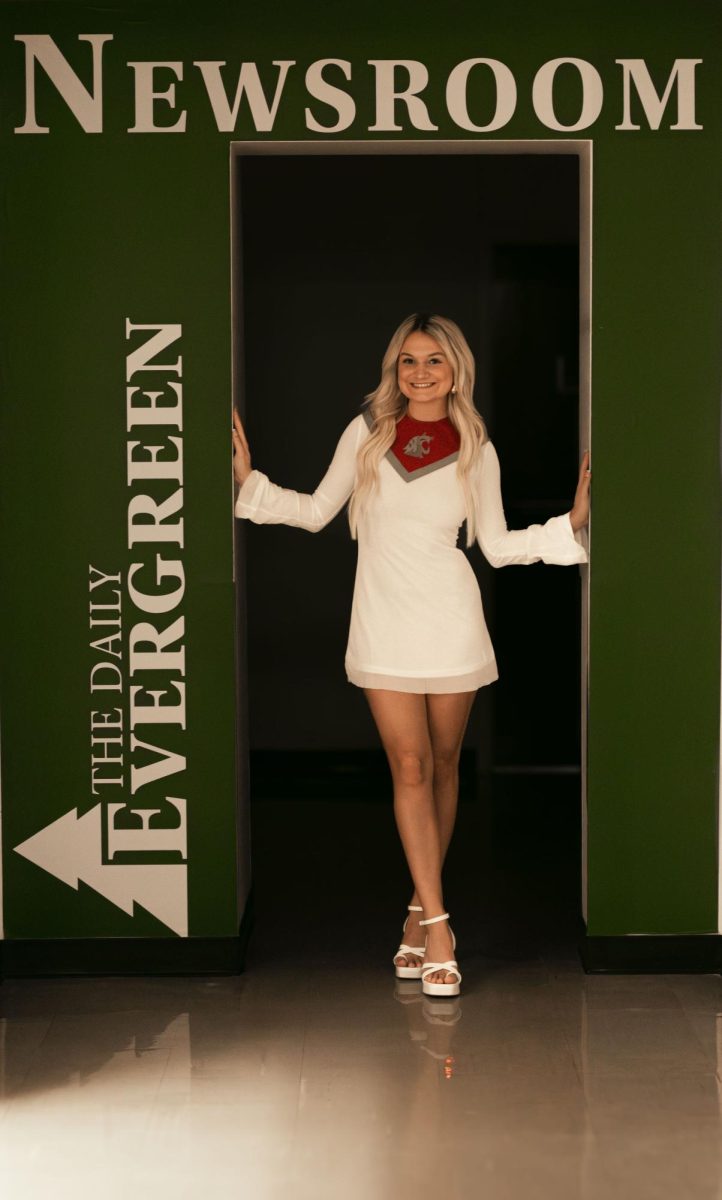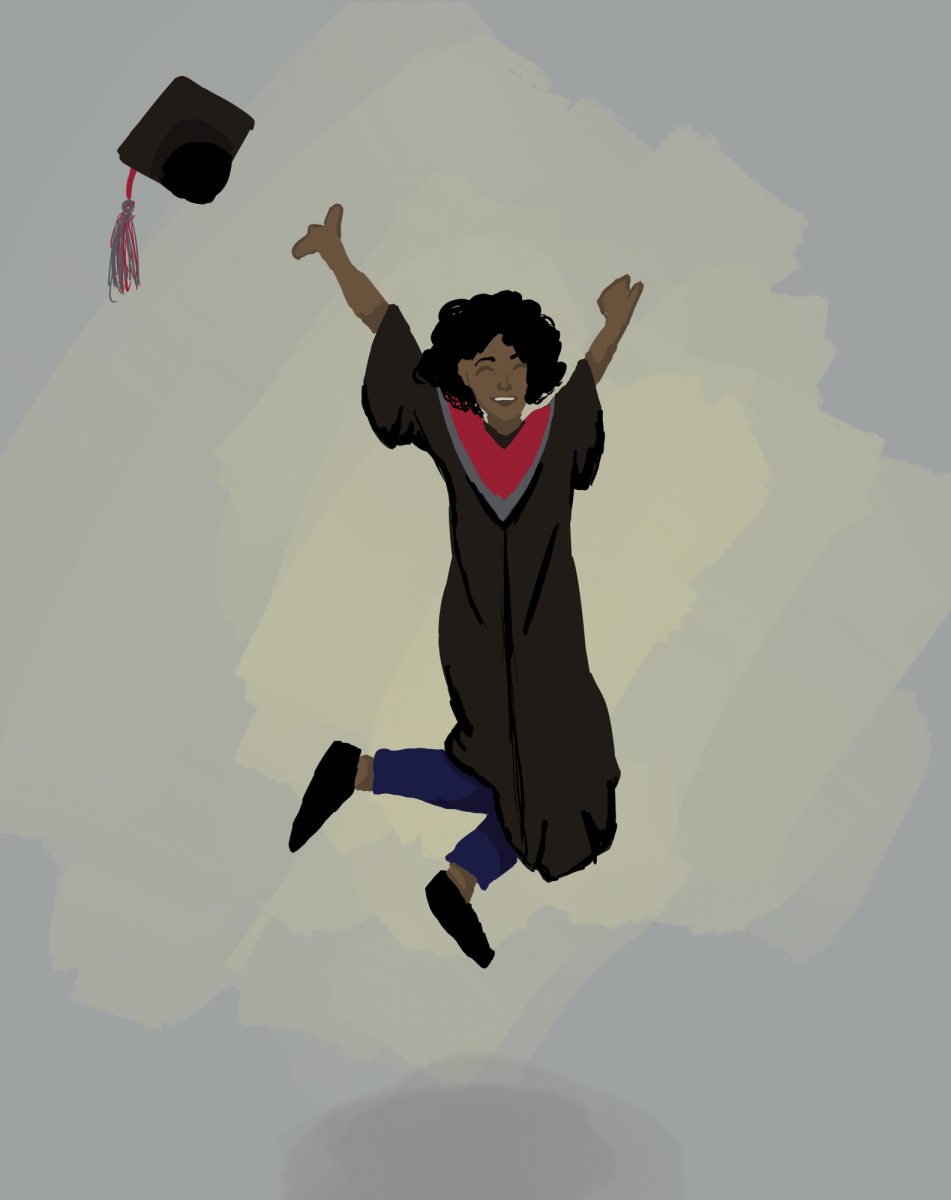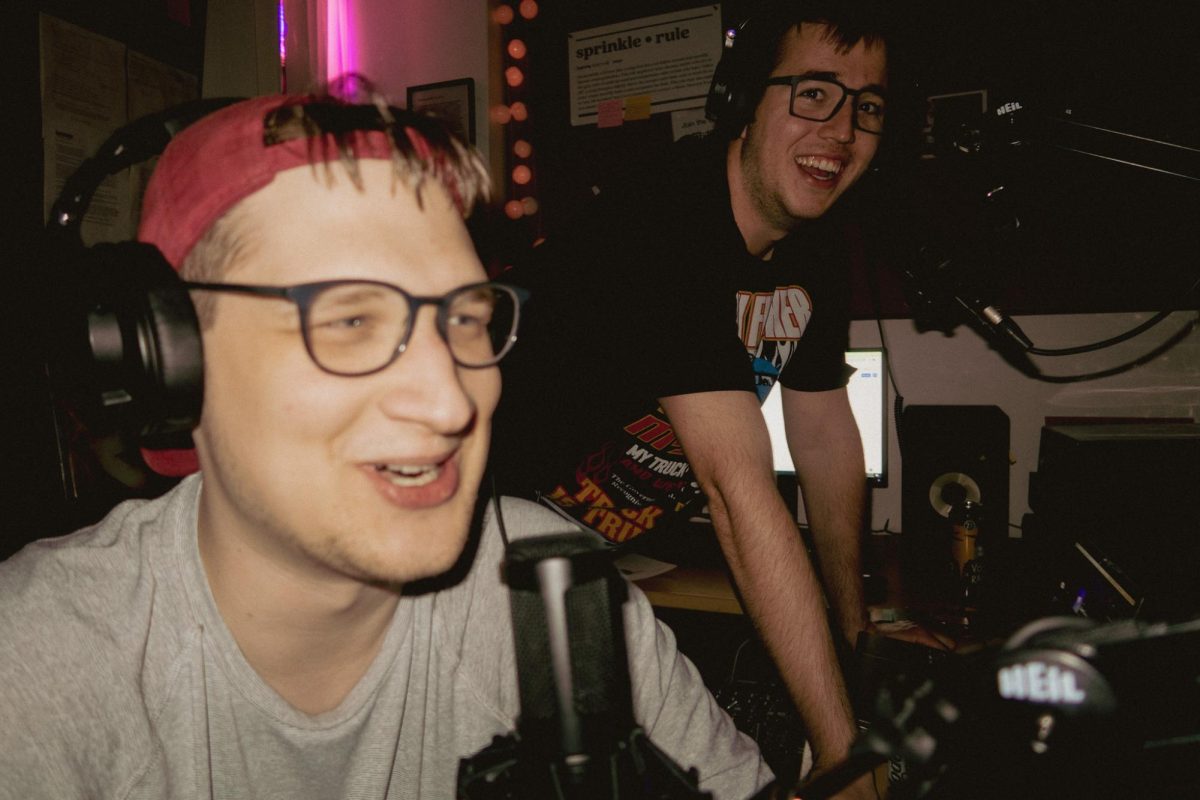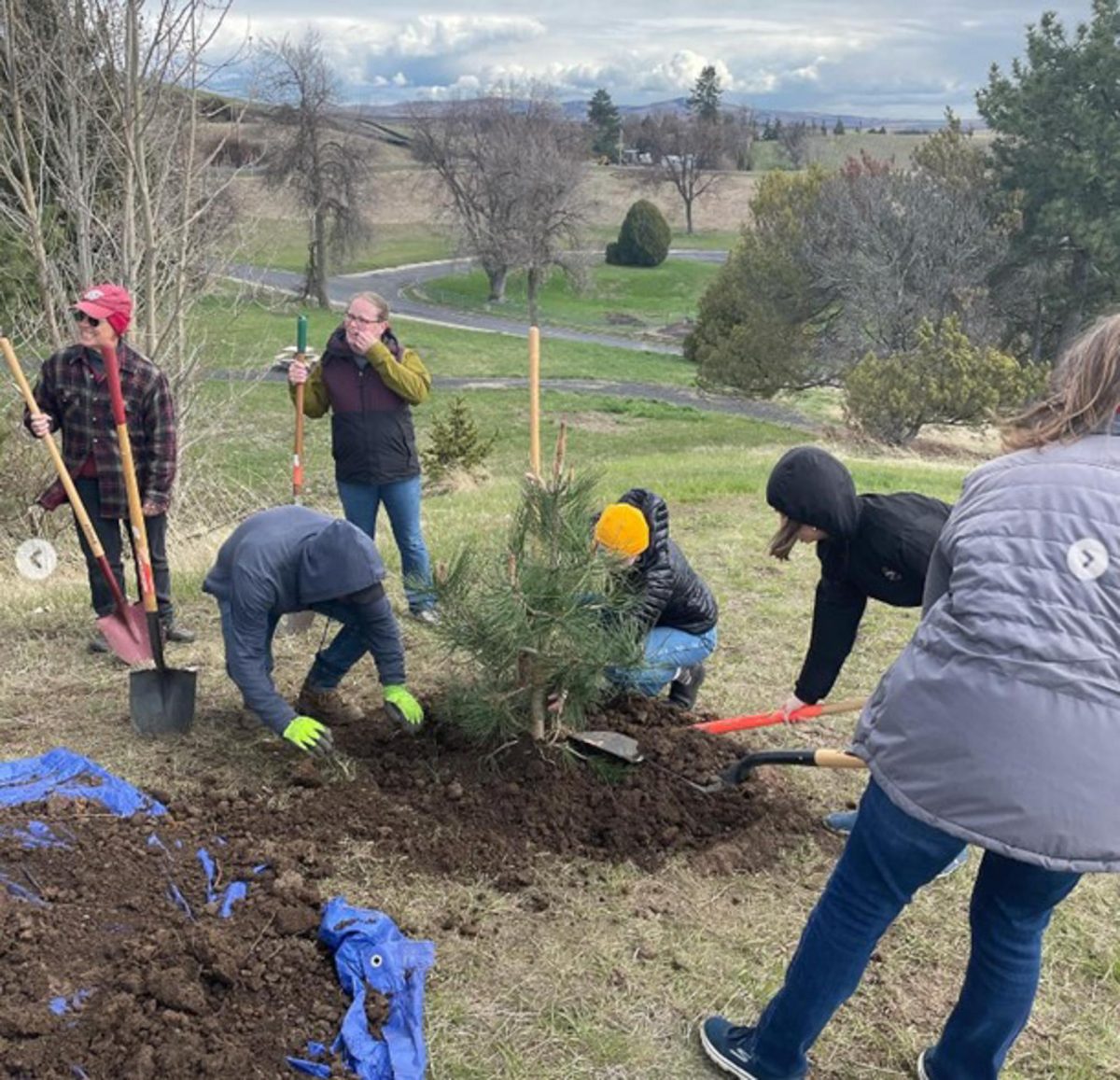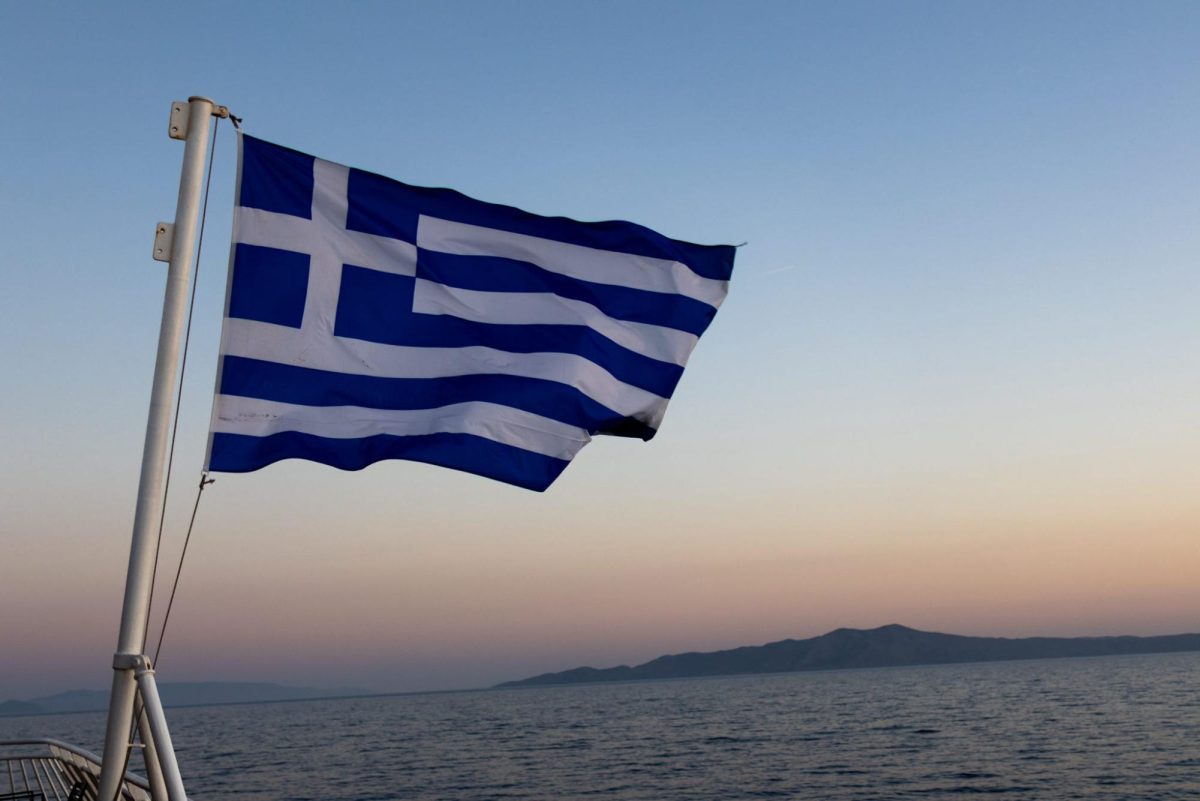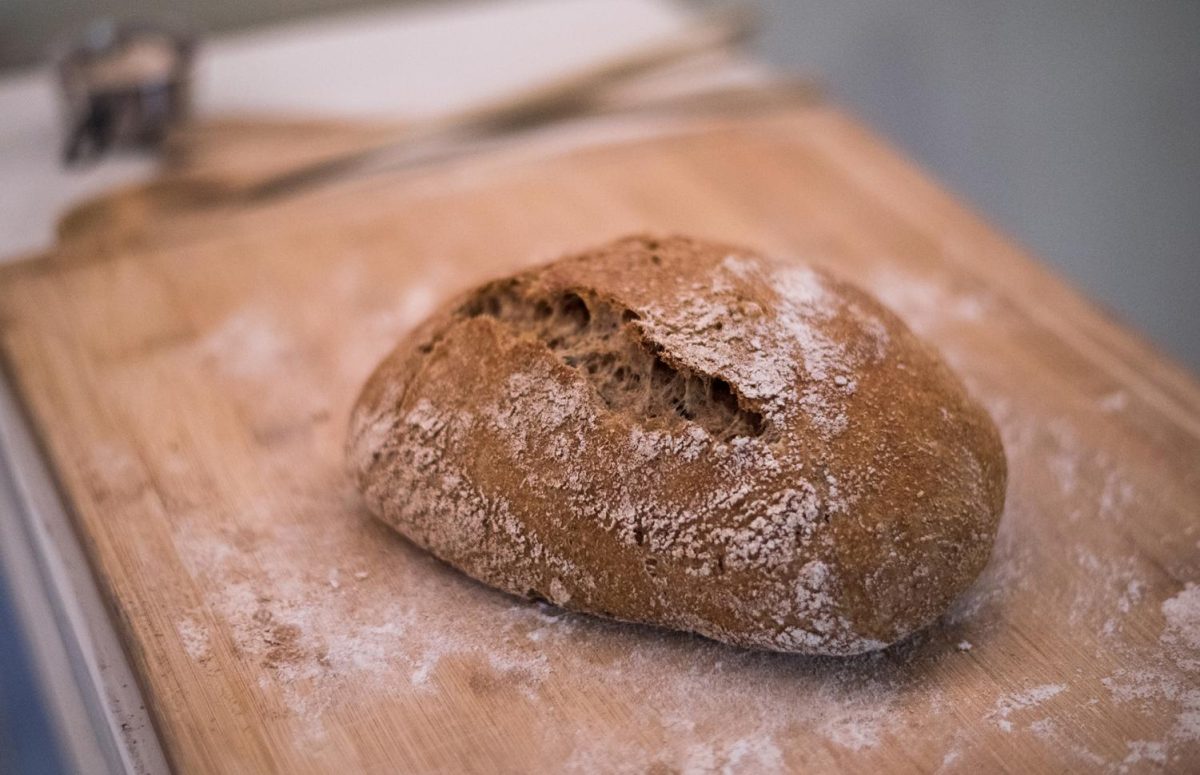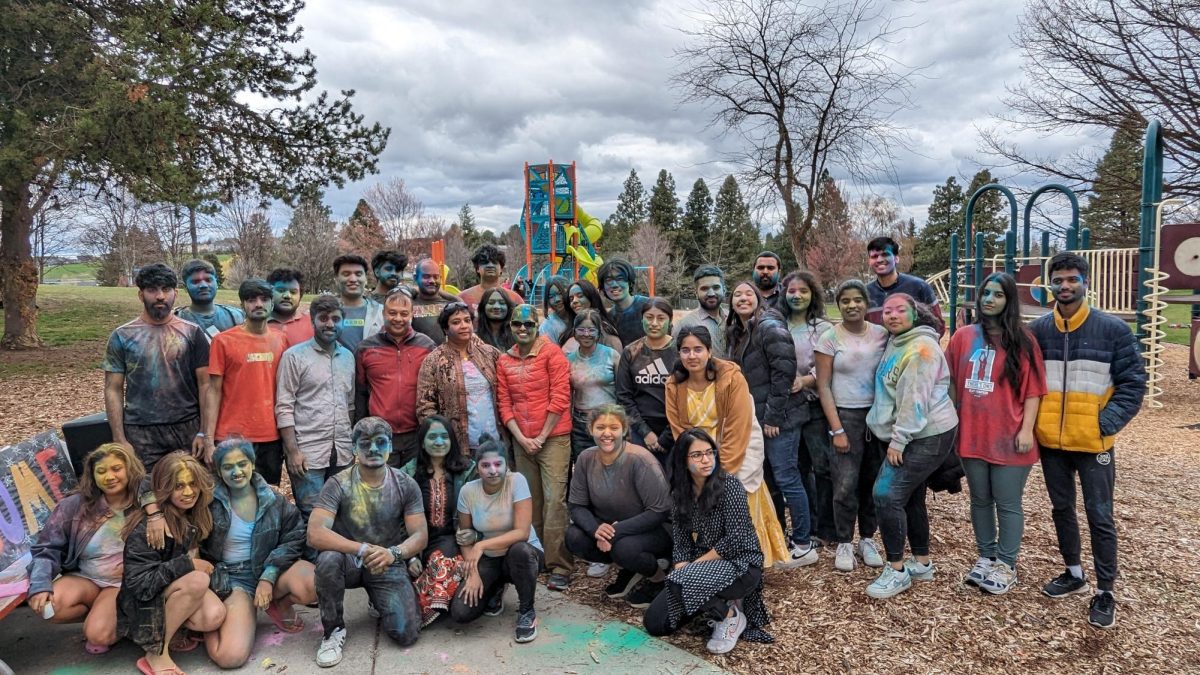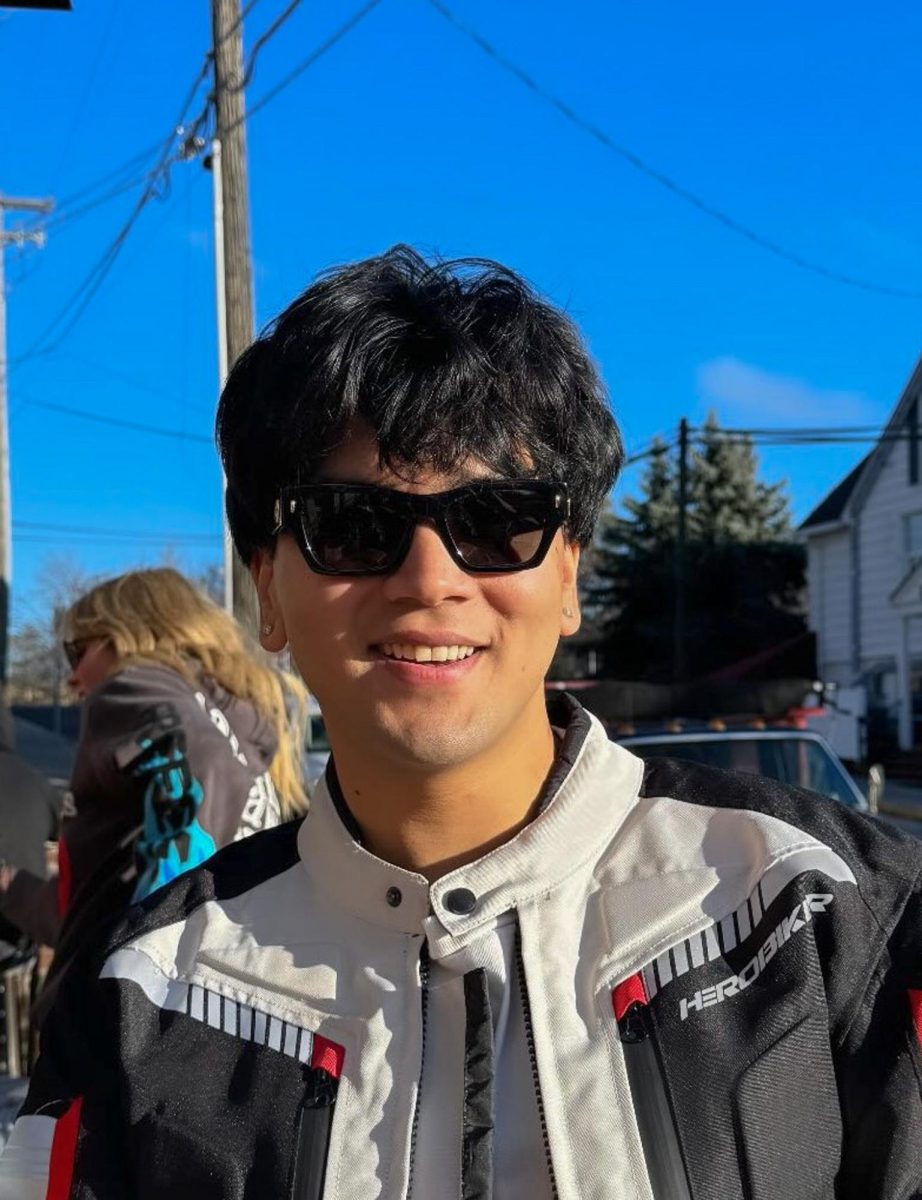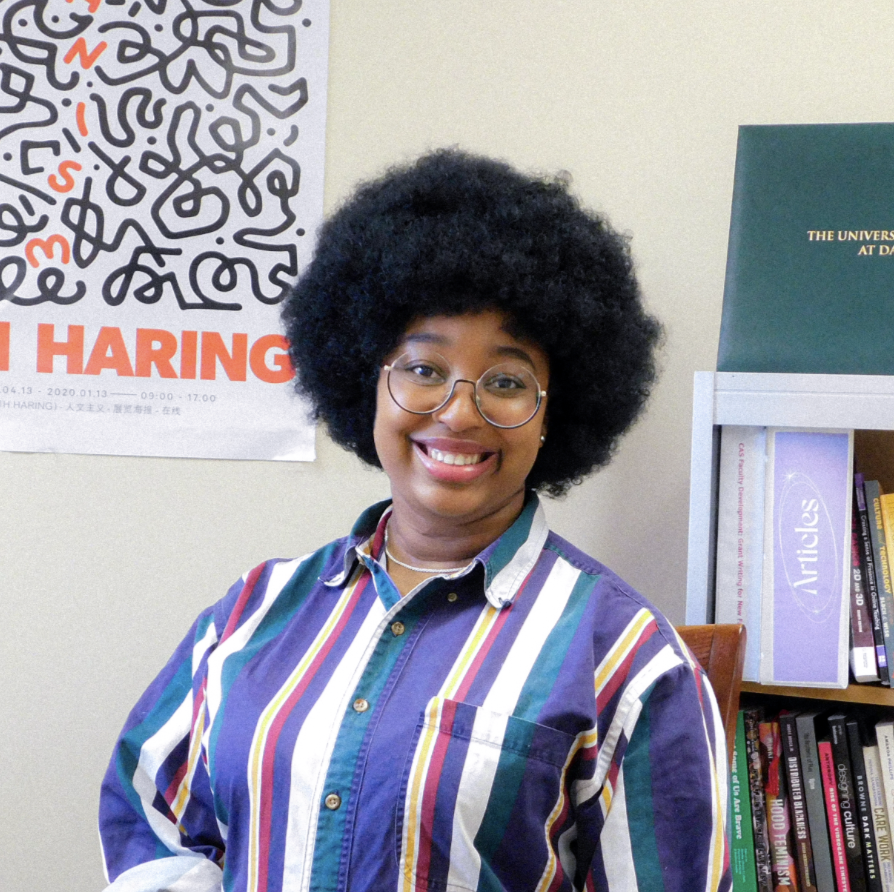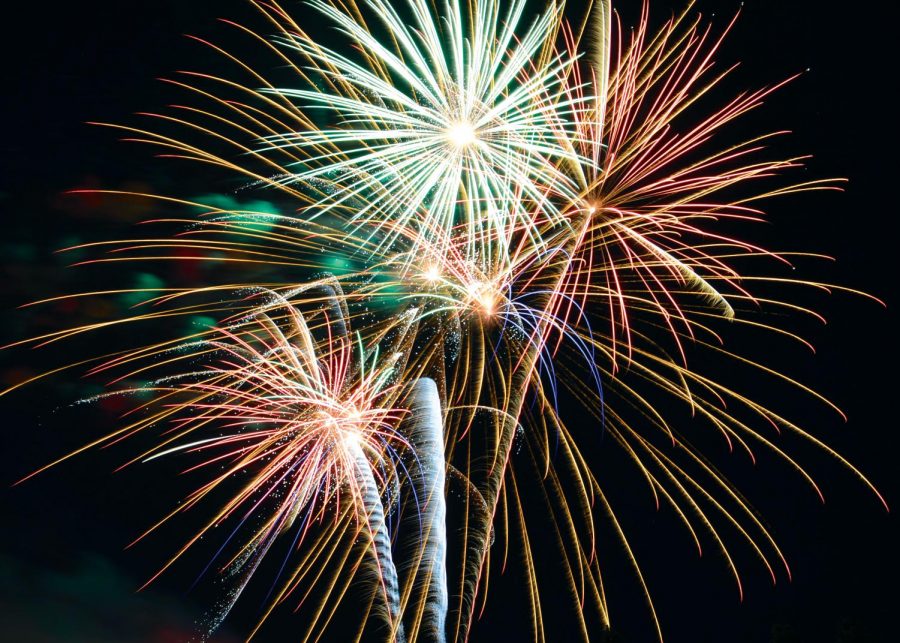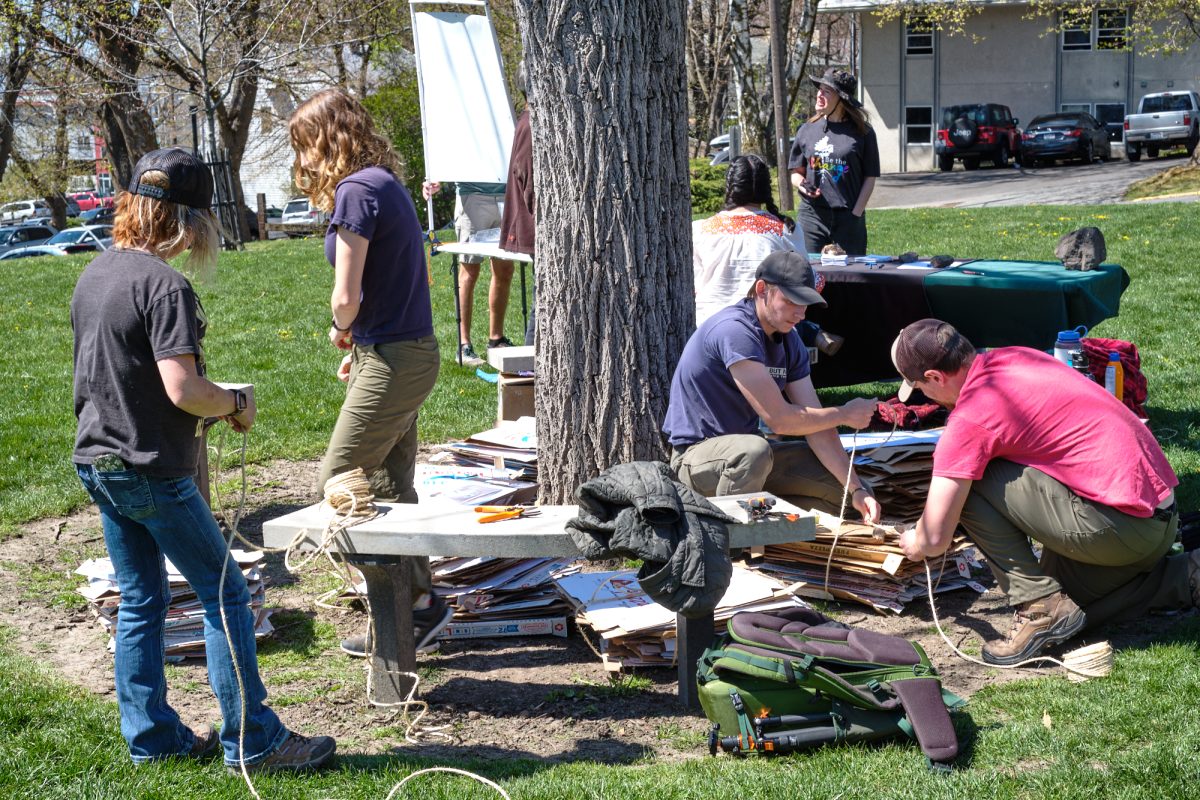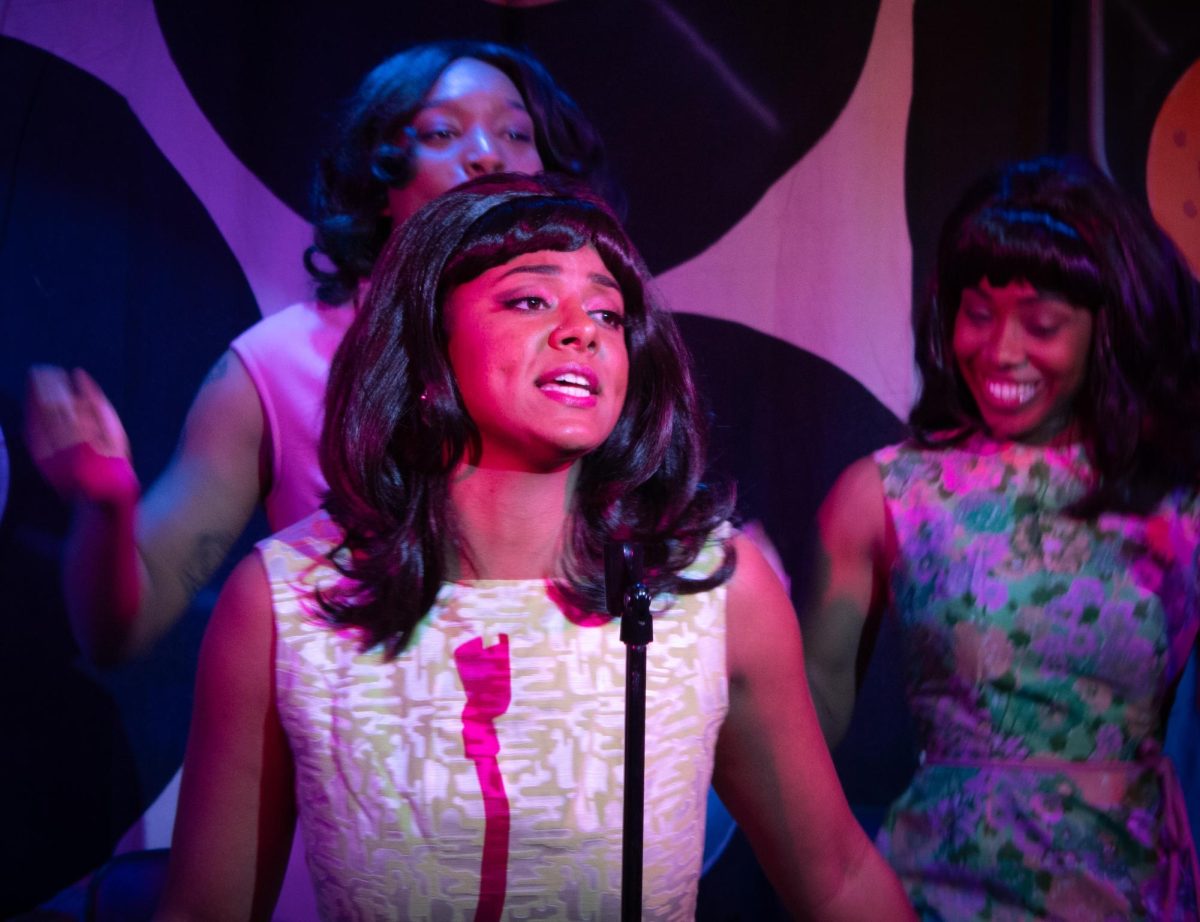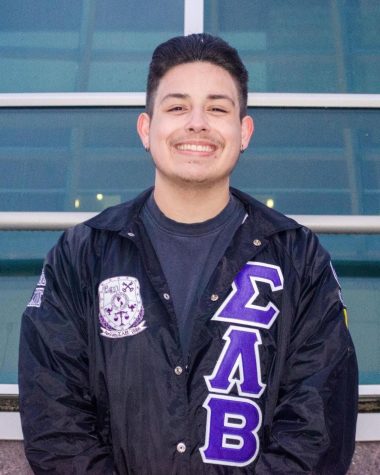Culture, not costume.
The Native American Women’s Association hosted their fifth annual Culture Not Costume workshop Oct. 18 with Anthony Brave, media studies assistant professor. During this workshop, various student organizations and Brave discussed how culture is not a Halloween costume and the significance behind traditional attire.
Those organizations were Lambda Theta Alpha, Sigma Lambda Beta, the Association of Pacific and Asian Women, the Asian Pacific American Student Coalition, the Native American Women’s Association and Lambda Phi Epsilon.
“I encourage you to get involved in multicultural events and get to know people in these communities and appreciate their culture,” said Antonio Farjado-Mora, Sigma Lambda Beta member. “Remember that when you decide to wear a costume for a night that squeezes this giant field of everything our culture was built upon into a sombrero.”
Cultural appropriation is the adoption of a particular culture’s traditions and customs by a more dominant group, according to Oxford Languages.
“Playing Indian,” a form of cultural appropriation targeting Indigenous Americans, has been going on since the Boston Tea Party, Brave said.
“Harvard professor Philip Deloria theorizes that early American colonists dressed up as Natives in order to differentiate themselves from the British,” Brave said.
Playing Indian did not end at the Boston Tea Party, but continued through industrialism, Brave said. Americans reached into their already skeleton-filled closets to dust off their moccasins and turkey feather headdresses to once again play Indian.
The U.S. developed “Indian fever” with the rise of Boy Scouts, summer camps and fraternal orders, Brave said.
“Playing Indian is a market that has been going strong since white people started showing up in the Americas. Examples of playing Indian are Gwen Stefani dressing up in her music video Looking Hot, and actor Iron Eyes Cody thinking he is a Native American,” Brave said.
Cultural appropriation can be seen in American products, professional team mascots, and Halloween costumes, Brave said.
“Cleveland Indians are now the Cleveland Guardians, the Land O’ Lakes lady was removed from the package and Halloween stores are no longer selling Dreamgirl women’s tribal princess costume,” Brave said. “A lot of this has come from Native Americans fighting for centuries”
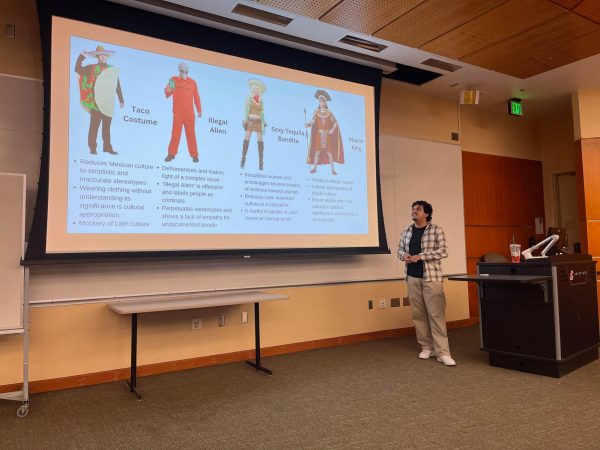
Antonio Farjado-Mora, Sigma Lambda Beta member, presents examples of cultural appropriation in costumes.
Halloween costumes can portray and reinforce offensive stereotypes, as well as sexualize and trivialize cultures, Farjado-Mora said.
Some culturally appropriative Halloween costumes presented at the workshop included costumes of geisha, martial artists, emperor’s wives, hula girls, Mayan kings, tequila banditas, cholos/as and mariachis.
An online description of a women’s Chinese costume presented at the workshop called the dress a kimono, which is a part of Japanese culture.
“This leads to the view that all Asian cultures are the same,” APAW president Teann Manser said. “A lot of care is put into traditional Chinese dresses that are made of silk versus a costume that is commercialized, mass-produced and only meant to be worn once.”
Cultural appreciation is a way to honor different cultures by exploring and understanding their beliefs and traditions, according to the University of Wisconsin-Madison.
“Our cultures are rich in food, fabrics, drinks and people. Show appreciation for our communities by celebrating diverse cultures, attending cultural events and eating food,” Farjado-Mora said.







